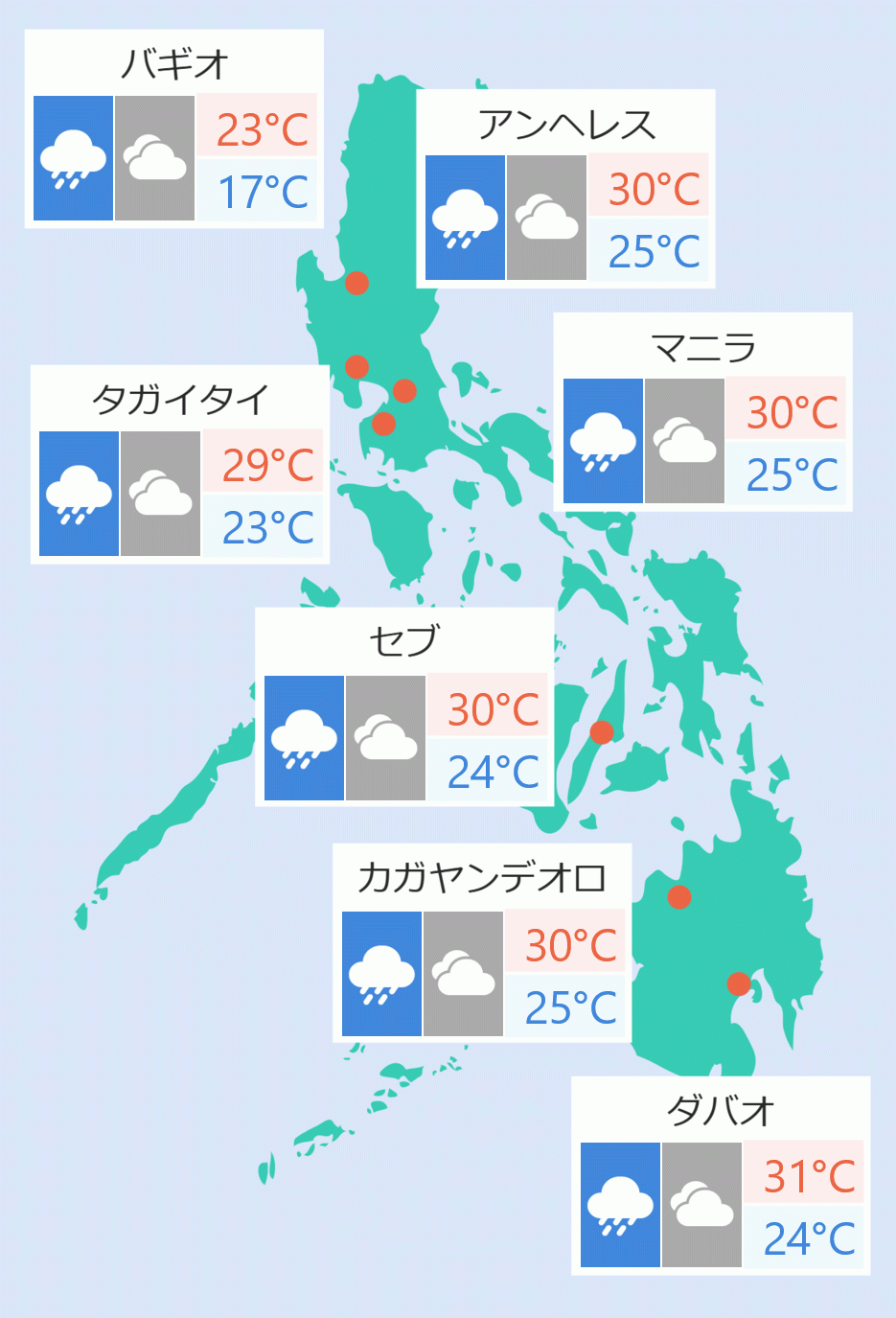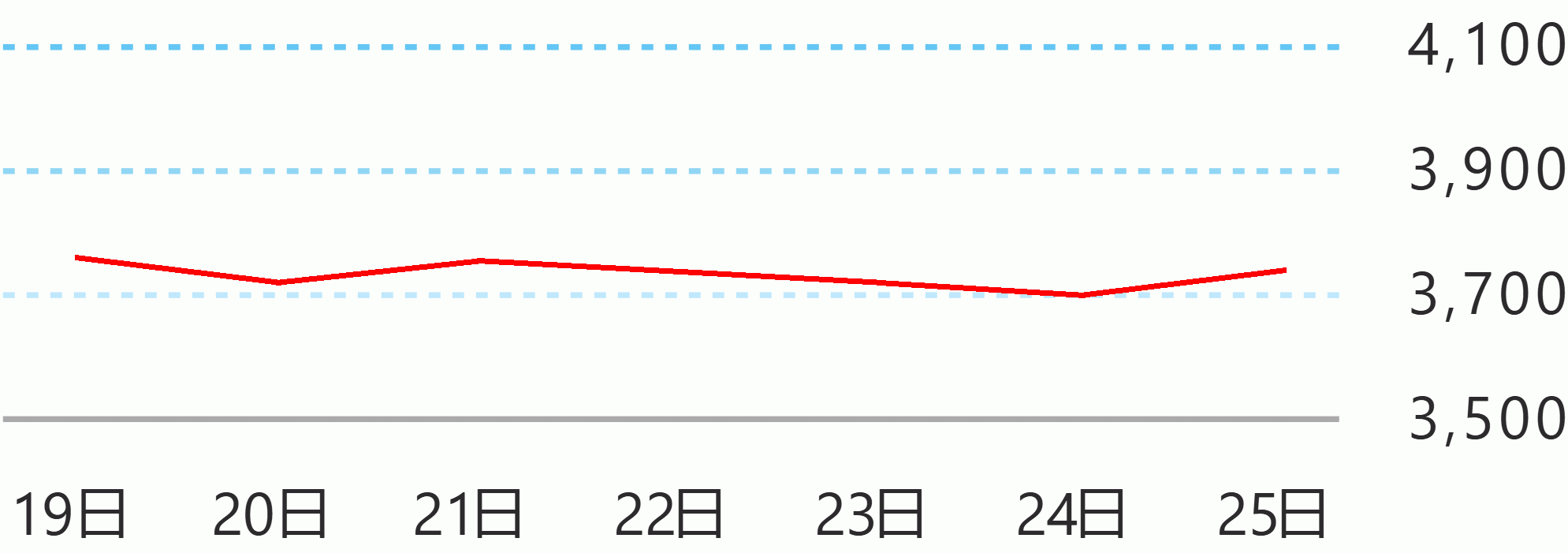The country’s participation in the Regional Comprehensive Economic Partnership (RCEP) agreement would result in a 2.02-percent increase in its real gross domestic product (GDP). Should the Philippines opt out, there would be a decline of about 0.26 percent.
This was according to a recent study of state think tank Philippine Institute for Development Studies (PIDS) authored by PIDS Senior Research Fellow Francis Mark Quimba, PIDS Supervising Research Specialist Mark Anthony Barral, and PIDS Research Analyst Abigail Andrada. The study assessed the country’s trade performance and participation in the RCEP and analyzed different scenarios related to the agreement.
Signed in November 2020, RCEP aims to “further liberalize trade in goods and services while enhancing competition policy, intellectual property rights, investment, technical cooperation, government procurement, and others”.
It is also viewed as “a strong commitment to supporting economic recovery, inclusive development, job creation, and strengthening regional supply chains, as well as support for an open, inclusive, rules-based trade and investment arrangement”.
According to the authors, RCEP “can be a catalyst for economic development”. However, the Philippines should improve its trade openness, sectoral orientation, and complementarity.
For instance, it scored below 100 percent in trade openness in 2018 along with Indonesia and China. This showed that the country “has not followed a growth path similar to its neighbors in the region”, particularly Thailand and Viet Nam, that scored above 100 percent.
Meanwhile, the sectoral and geographical orientation of the country’s trade revealed a concentration of Philippine exports, the bulk of which are machinery and electronic equipment. The destination is also concentrated on its traditional partners in the region and the United States.
Trade complementarity, or the extent to which two countries are “natural trading partners”, has been declining among some economies in the Association of Southeast Asian Nations, including the Philippines. Countries with increasing trade complementarity, such as Indonesia, Australia, and Myanmar, “may have the potential of benefitting more from [the] RCEP agreement when it takes effect”.
As a way forward, the study underscored the need to hasten conversations and debates on RCEP.
It also emphasized that not implementing the agreement will have a cost to the country.
“Baseline results of the general equilibrium gravity model show that countries outside of the agreement would be negatively affected when RCEP comes into force,” the authors explained.
They also urged Philippine businesses to internalize the reduction in trade costs. This can be done by increasing the awareness and utilization of Philippine trade agreements.
Given the concentration of Philippine exports, the authors said there should be “support for private sector innovation and exploration of new products and new markets”.
This press release is based on the PIDS discussion paper titled “Who Benefits from RCEP? Application of Trade Policy Tools”. PIDS





 English
English









